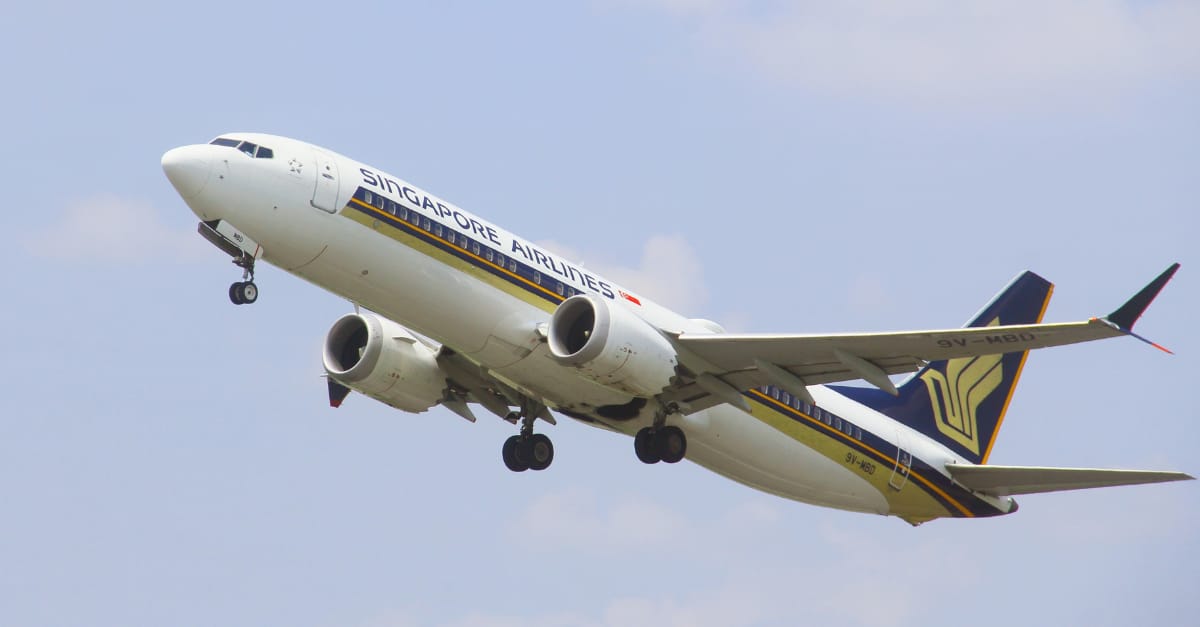- Seamless Journeys
- Posts
- Seamless Journeys |⚙️ Why Digital Payments Could Be Italy’s Tourism Lifeline
Seamless Journeys |⚙️ Why Digital Payments Could Be Italy’s Tourism Lifeline
Plus: Discover the hidden costs in travel payments with Modulr
Welcome to Seamless Journeys, your go-to resource for finance professionals in the travel industry. Each week, we deliver insights on optimizing travel payments, enhancing efficiency, and navigating finance innovations. From regulatory updates to working capital strategies, we help you streamline transactions and drive financial success in the travel sector.
📣 Editor’s Pick
Still relying on spreadsheets and legacy platforms to manage payments?
Modulr gives travel operators the tools to:
Automate payments to suppliers 24/7/365
Instantly issue virtual cards per booking
Reconcile faster with detailed, real-time reporting
Expect fewer errors, lower costs, and smoother operations—even in peak season.
🌟Sector Spotlight
FINANCIAL DISTRESS
The latest research indicates a worrying trend in the UK, with 39% more travel and tourism businesses facing critical financial distress than the previous year. This unsettling surge is not limited to this sector alone; bars, restaurants, and even general retailers are feeling the pressure. Such widespread distress highlights the economic challenges faced by businesses due to volatile consumer spending, rising taxes, and global uncertainties. Notably, smaller businesses struggle the most since they lack the resilience of larger corporations to buffer against these adversities.
AIRLINE FINANCE
Singapore Airlines, despite setting a record by transporting 10.3 million passengers in a quarter, saw a steep 59% decline in net profits, dropping to S$186 million from S$452 million year-on-year. This dip occurred amid heightened airline competition boosting capacity, which caused passenger yields to decrease by 2.9%. While demand for air travel remained robust, industry-wide challenges such as inflation and geopolitical tensions influenced these figures.
Interestingly, the net profit fall encompassed losses from Air India due to its integration with Vistara, where Singapore Airlines holds a quarter share. Looking ahead, they aim to cushion impacts by enhancing operational agility and forming strategic partnerships, including a proposed venture with Malaysia Airlines, pending approval. This collaboration is expected to enrich customer options and improve connectivity between Singapore and Malaysia, despite a volatile airline landscape marked by macroeconomic and supply chain hurdles. Singapore Airlines plans to sustain growth through investments in service excellence and robust cost management.

Travel Weekly
DIGITAL PAYMENTS
Vietnam Airlines, ACB, and Visa have collaborated to launch Lotusmiles Pay, a multifaceted card that harmonises loyalty rewards with global payment access. This initiative is not just about offering another payment card; it's a step towards melding customer interaction with financial solutions. With Lotusmiles Pay, cardholders can enjoy dual benefits as both a loyalty membership and an international payment card, thanks to Visa's extensive merchant network. The ease of digital registration via the Lotusmiles app and financial oversight through ACB's platform exemplifies an all-encompassing approach to customer engagement, blending travel insights and financial analytics into a smart money-savvy tool.
TRAVEL MARKETING
AI is transforming the travel marketing realm, prompting brands to reconsider their strategies. A recent Curacity report highlights the shift away from traditional search and social media, where AI-generated summaries are significantly reducing click-through rates. Notably, websites ranking first on Google have seen a 35% decrease in clicks. This shift necessitates a focus on directly generating demand through authentic, narrative-rich content. According to the findings, 75% of travellers prefer bookings driven by trusted storytelling, underscoring the need for genuine experiences over generic content.
Additionally, travel brands are encouraged to embrace owned media channels like email, which boasts a strong open rate projected to exceed 42% by 2025. Unlike third-party platforms, emails foster direct relationships, building consistent engagement and driving measurable demand. This approach enables marketers to treat content distribution nearly like a sales channel, where performance can be tracked effectively, translating inspirational content into bookings and revenue. Leveraging strategic storytelling and control over media can thus elevate travel marketing efforts in this AI-driven age.
IN CASE YOU MISSED IT - TOURISM GROWTH
As Italy eyes a flood of 429 million tourists for grand events like the Jubilee and the Milan-Cortina Olympics, the spotlight falls on its hospitality sector's digital readiness. Currently, many businesses lag in adopting integrated payment systems, risking longer wait times and lost revenue. This scenario underscores the urgent need to embrace FinTech solutions like digital POS systems and contactless ordering apps, which can cut wait times by 40% and boost revenue. For tech-savvy tourists, Italy must ensure frictionless transactions to avoid disappointing experiences in a competitive global market.
For the burgeoning hospitality industry, smart payment adoption isn't just a modernisation effort; it's a lifeline. With staffing shortages accentuating the strain, automated systems offer relief. Smaller operators fearful of costs can resort to affordable options, bridging the digital gap without hefty investments. As major tourism milestones loom, swift digital adaptation will mark the difference between thriving in Italy’s tourism boom or falling behind. Ensuring seamless visitor experiences will sustain Italy's global tourism allure for years to come.

Travel & Tour World

